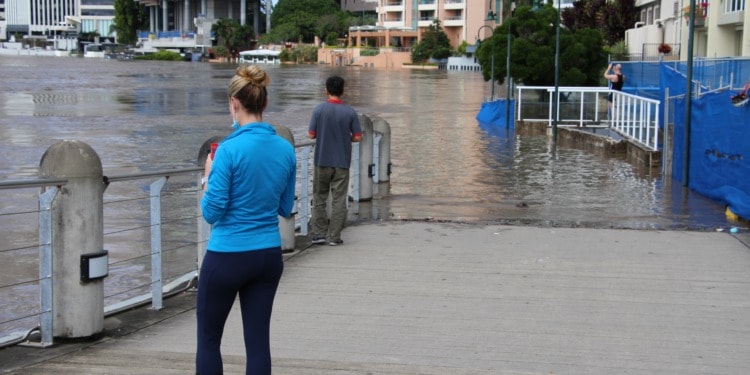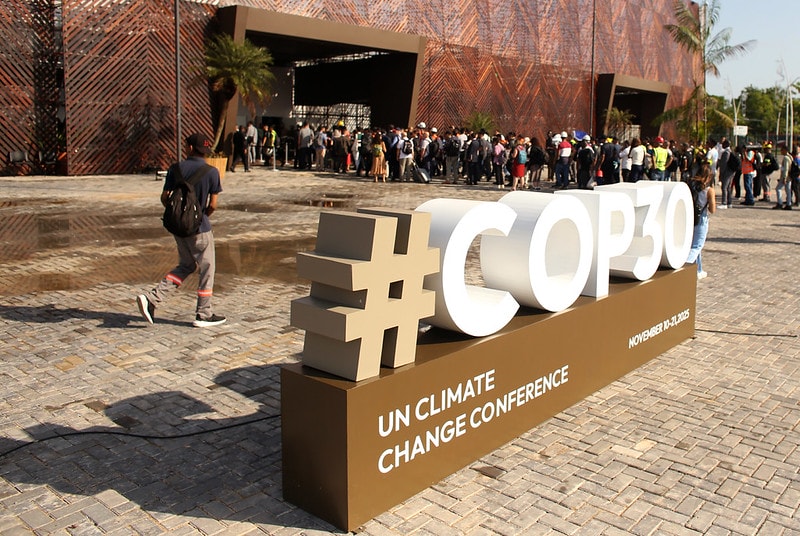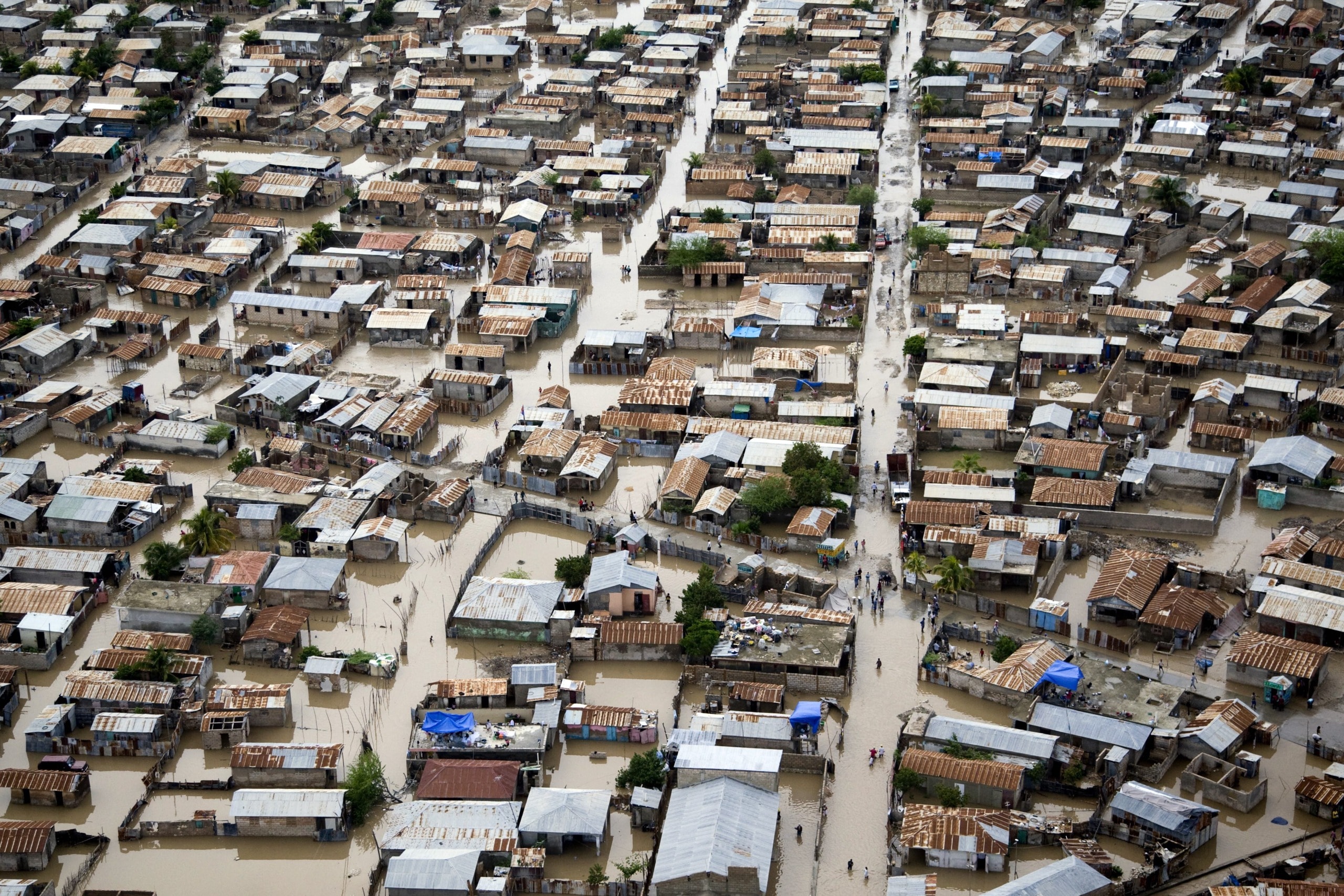On Monday, residents in Melbourne, Australia — the largest city in the state of Victoria — were urged to avoid the beaches after major flooding in October has led to contaminated waters.
Throughout October, eastern Australia experienced heavy downpours and flash flooding, with its fifth flood in 19 months recorded by the end of the month. In October, Sydney also broke its previous record of an annual precipitation of 86.4 inches — a record that was set back in the 1950s.
Now, the effects of a flooding crisis in Australia are being seen in Melbourne suburbs and the state of Victoria, with scientists warning that if the water is consumed, serious health effects can result.
Melbourne residents warned to avoid ocean
Victoria’s chief environmental scientist, Mark Taylor, reported that microbes had found their way into waterways after heavy rains. He warned the microbes bring the risk of water-bourne illnesses, pollution and mosquitos.
In order to evaluate the risks associated with the contaminated water, the Environmental Protection Authority (EPA) launched a “high-quality” sample analysis program at 19 sites across Victoria.
Taylor stated the test, measuring the E.Coli pathogen, is the “single most comprehensive assessment” of water quality in Australia’s history.
“When the whole land is inundated, it will inundate, release and mobilise sewage, which is why we’re measuring for E coli,” Taylor said.
E. Coli bacteria is typically found in the intestines of humans and animals, which in effect can cause fecal contamination in waterways. If consumed, the bacteria can lead to serious stomach pains, diarrhea and vomiting.
Already, this bacteria has been found in several waterways across Melbourne. The majority were found to have a low-level presence, however in Shepparton, a city in northern Victoria, high levels of fecal bacteria were found in the Goulburn River.
After the assessments were taken, the EPA warned residents against swimming in all waterways and beaches.
So far, eleven beaches across Melbourne have had their water quality rated as “poor,” including popular beaches St. Kilda and Elwood. Another 25 beaches were put on high alert for possible contamination, which could last roughly a week.
Beach Report and Yarra Watch: 11 beaches are rated Poor and 25 beaches are rated Fair. All Four Yarra Watch locations are rated Poor. For more information go to https://t.co/PevzvhHpbl pic.twitter.com/H8AhdbT1nz
— Environment Protection Authority Victoria (@VicGovEPA) November 5, 2022
Some rivers, like the Yarra River in the towns of Launching Place, Healesville, Warrandyte and Kew, have also been placed on high alert.
Fish are already suffering from the effects of the contaminated water. Peter Phillips, an environmental science teacher from the town of Echuca, reported massive fish deaths all along the Goulburn, Broken and Murrary rivers.
“The fish are definitely suffering and many have died,” Phillips said. “There are sightings of [crayfish] crawling out of the river.”
A flood crisis is playing out across the continent
In Sydney, the second largest city in Australia, a record-breaking 2.4 meters of rain were record this year — the equivalent of three million Olympic size swimming pools.
October was Australia’s hardest hit month with flash floods forcing thousands in New South Wales, Victoria and Tasmania to evacuate their homes — this includes 43 towns in New South Wales, 24 in Victoria and three in Tasmania been completely evacuated.
Major flooding is occurring throughout multiple states in Australia, with even more heavy rain forecast over the coming weeks.
Australia, like many countries, is repeatedly experiencing the harsh reality of climate change. pic.twitter.com/UQpyAHIuvb
— Plant Based Treaty (@Plant_Treaty) October 19, 2022
However, the flood crisis is not new to Australia — four major floods have hit eastern Australia since 2021, when the unusually rainier conditions first began.
Nina Ridder at the University of New South Wales in Sydney says the increase in rain is due to two large-scale weather systems operating in oceans surrounding Australia — La Niña, a weather system in the Pacific Ocean that brings rain to the east coast, and the Indian Ocean Dipole, which brings rain to southeastern Australia.
The two weather systems are recurring climate phenomenons that affect rainfall patterns in Australia.
Of course, climate change is also a major contributing factor. Ridder states that every extra degree Celsius of warming in turn traps an extra 7% moisture in the atmosphere, ultimately increasing rainfall.
Australia pledges to change climate reputation at COP27
In May, Australia’s labor party, spearheaded by Prime Minister Anthony Albanese, won the 2022 election, shifting the tides of climate change action in the country.
Prior to the election, former Prime Minister Scott Morrison and his conservative party held office for nine years, many claiming his “lack of urgency” when it came to climate legislation weakened the country’s ability to fight climate change.
For those nine years, Australia had repeatedly appeared near the bottom of the Climate Change Performance Index, an independent monitoring tool for tracking the climate change preventive performance of 60 countries and the EU.
At COP26 in Glasgow in 2021, Australia was also the only major developed country to refuse to strengthen its 2023 carbon emissions target in reducing emissions by 26-28% from 2005 levels.
Its new government now hopes to turn this reputation around at COP27 and become a climate leader. However, their bad reputation over the past few years has been significant and high efforts on part of the new government are necessary to reverse the damage done.
So far at COP27, Albanese has raised Australia’s 2030 carbon emissions target to 43% and promised to increase renewable energy and green manufacturing as part of its Powering Australia Plan.
Australia is also making a bold bid to co-host the COP in 2026 alongside its Pacific Island neighbors.
As of now, Albanese’s promises to buckle down on climate change seems to be serious. Yet these changes should’ve happened years ago, during Morrison’s term, as the disastrous effects of climate change are already threatening thousands of people’s health and lives in Australia.
Editor’s Note: The opinions expressed here by Impakter.com columnists are their own, not those of Impakter.com — In the Featured Photo: Brisbane, Australia flooded on April 22, 2022. Source: Unsplash.














